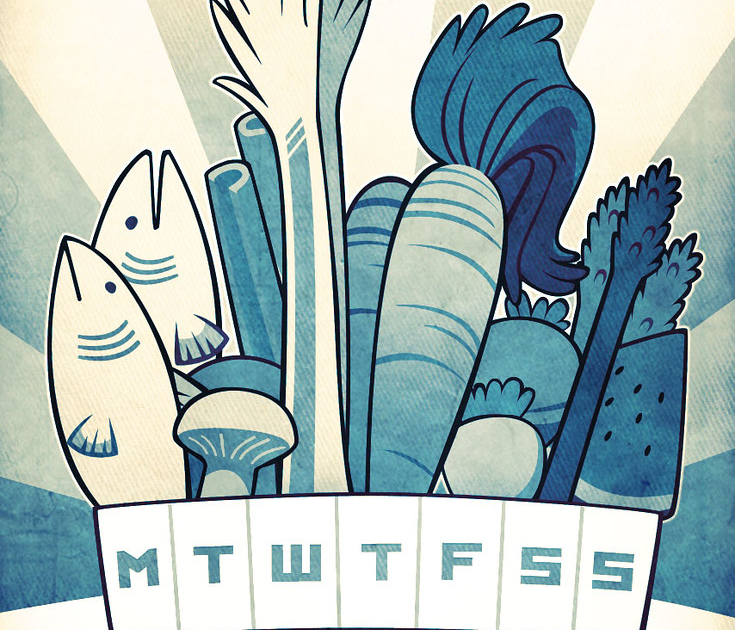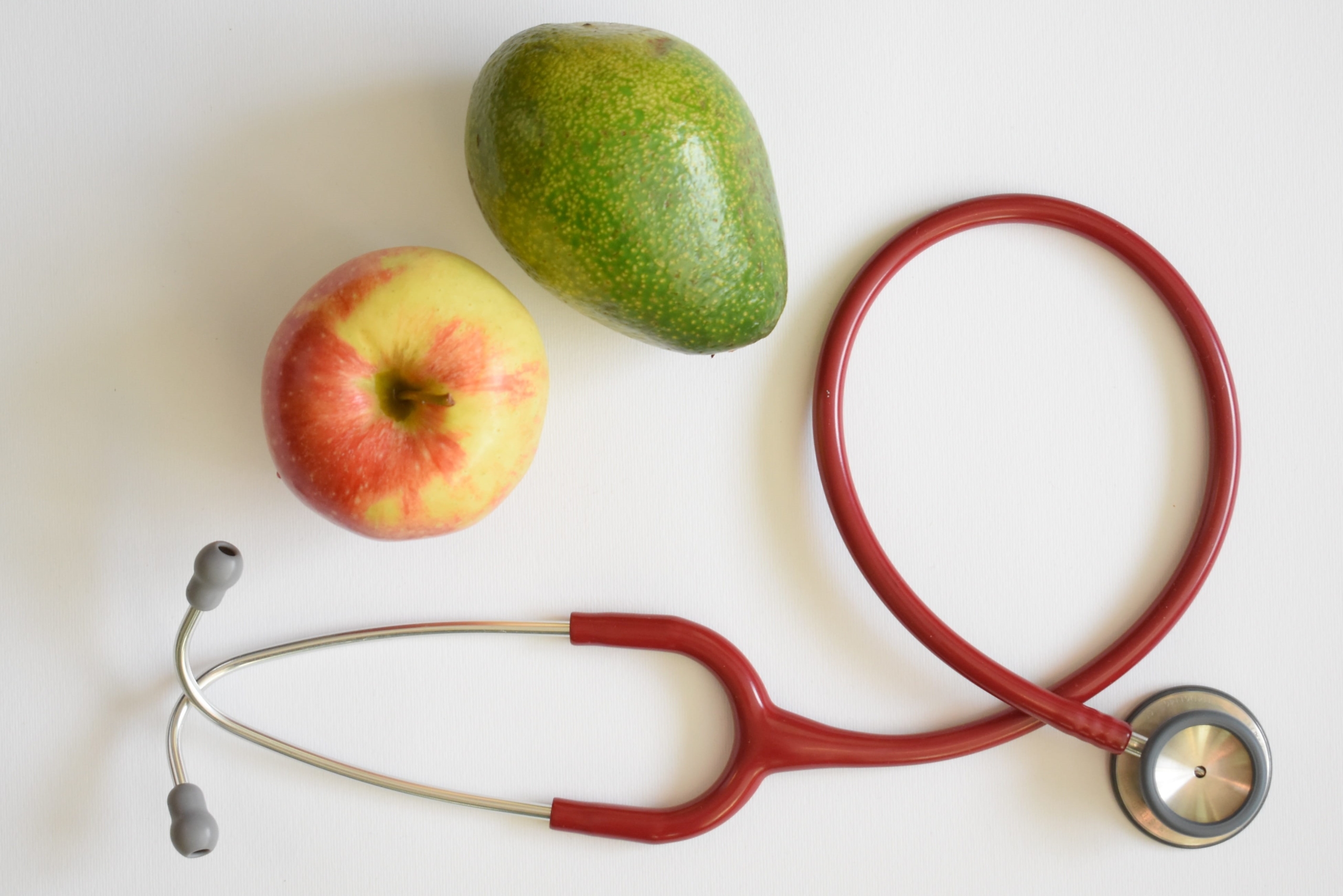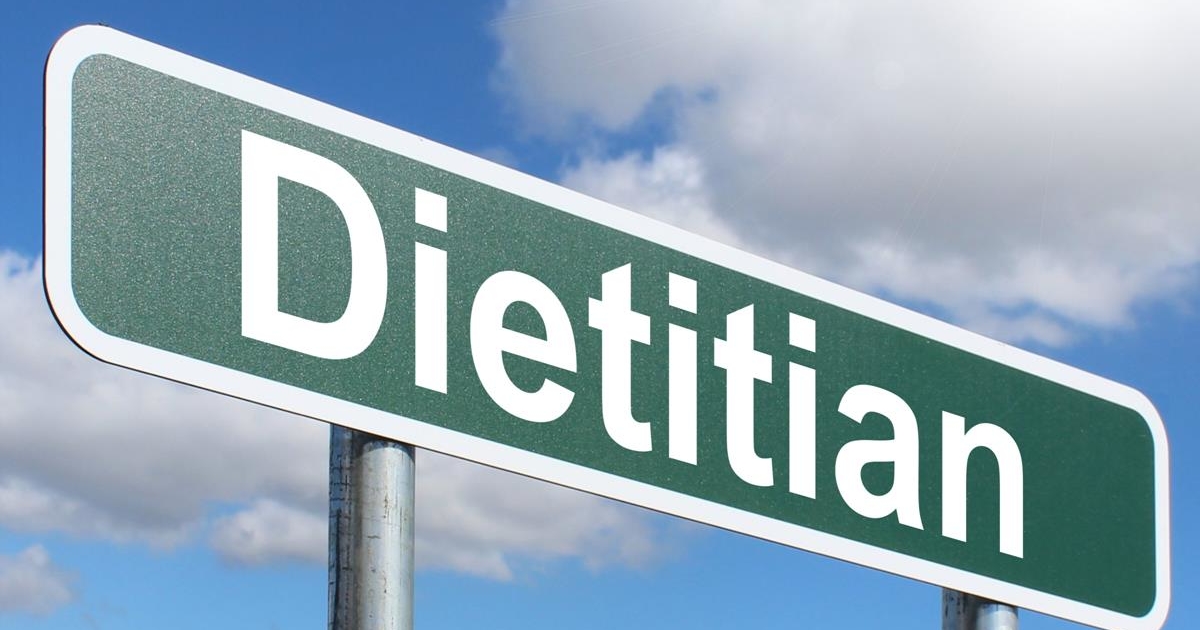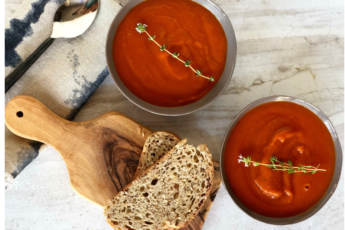Did Hippocrates really say, “Let food be thy medicine and medicine be thy food”? Probably not, but he often gets the credit for it. At any rate, using food for medicinal purposes has been done for years, by your doctor or registered dietitian-nutritionist (RDN), or maybe grandma. It’s also been the stuff of quackery and unproven hypotheses forever. Elderberries, anyone? They’re a good food, but there is no evidence they’ll cure COVID. And we speak today of food, not supplements.
Quackery aside, here are some foods that have been used to treat various conditions:
- Chicken soup! From Dr. Grandma, given for colds, flu, and “anytime you don’t feel good.”
- Prunes – the original “laxative.”
- Milk – to calm an acid stomach.
- Coffee and tea – both contain caffeine to jumpstart the morning (bonus: they’re both loaded with antioxidants)
These foods helped in acute conditions, but taking the next step, could food actually be “prescribed”, like medicine, to treat chronic conditions, such as heart disease, diabetes, hypertension, and stroke? These diseases may not be diet-caused, but they’re all definitely diet-influenced. We know that eating an unbalanced diet long-term can eventually take a toll on health. It’s also clear that a lifelong healthful diet reduces your risk for chronic conditions.

Credits: Junan Sonin, Sarah Kaiser, CC 2.0
https://www.flickr.com/photos/juhansonin/14406031184/in/photostream/
But…A “Prescribed Diet”?
By definition, it’s a diet that’s personalized for YOU with YOUR chronic condition. Just as a medical diagnosis can require specific medication, diet-influenced chronic conditions require specific “diet prescriptions”.
The idea of prescribed diets is gaining traction, because of emerging evidence that such diets can improve health outcomes AND lower health costs.
This 2019 study looked at whether medically tailored meals for chronically ill persons would impact admissions to hospitals and skilled nursing facilities. The meals were delivered in “ready-to-eat” form to persons with a variety of chronic conditions who also had various environmental or other barriers (social, income, inability to shop or cook for themselves), placing them at nutritional risk. The meals were customized to the medical needs of each person, but also incorporated food preferences whenever possible.
Results? Huge.
After two years, those who received the medically tailored meals experienced:
- Nearly HALF the hospital admissions.
- 72% FEWER admissions to nursing facilities
- Health care costs reduced by 16%.
Delivering tailored meals is costly, and not everyone needs or wants that approach. In addition to medically tailored meals, a recent analysis in the British Medical Journal also noted other programs that take a broader approach in order to have a wider reach:
Medically Tailored Groceries
These are for people with chronic diseases like diabetes and cardiovascular disease, who can prepare their own food, but are food insecure. Specific groceries items are customized by a nutrition professional, usually an RDN, and picked up by patients at a central location, such as a clinic or community center.
The results?
- Better adherence to medication.
- Better blood glucose control in diabetics.
- Better intake of fruits and vegetables, lower medical costs!

Photo credit: pxfuel.com
Produce Prescriptions
Sounds gimmicky but it’s solid. Healthcare providers distribute vouchers or debit cards for free or discounted produce to food insecure persons with chronic conditions. They redeem the vouchers at any store that accepts them.
The results?
- Better blood glucose control in diabetics.
- Reduced excess weight, fewer antibiotics in children.
- Better consumption of fruits and vegetables.
The “Catch”
Most of the research on prescribed diets isn’t very granular, so we don’t know exactly what’s producing these improvements. Is it the total food package? Individual foods? Was it just because they were able to get, and eat, more fruits and vegetables? Or more nutrient-rich protein foods?
These unknowns can be problematic, because it opens the door for all manner of charlatans and quacks to tell you they “know” what foods you need to eat to prevent or treat these conditions. In these programs, food was given out directly or vouchers were provided that limited purchases to the intended foods.
What if you’re food secure but still have these chronic conditions, what are YOUR options for a ”prescribed diet”?

Credit: Nick Youngson CC BY-SA 3.0 Alpha Stock Images
Medical nutrition therapy (MNT) is your best option, and it’s provided by an RDN – not a trainer, coach, or “wellness expert”. MNT from an RDN customize your dietary plans, focusing on YOUR foods for YOUR needs, taking into account your food preferences, your food culture, and food budget. It’s not a new skill for RDNs – it’s exactly what they’ve ALWAYS done, and they have more training in the field than anyone. Bonus: most insurance plans cover some amount of MNT.






